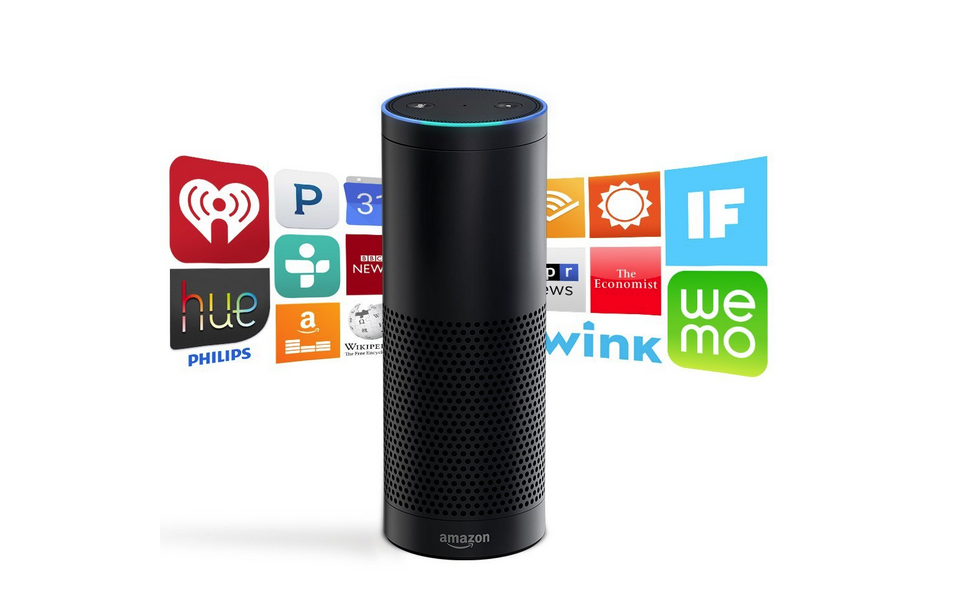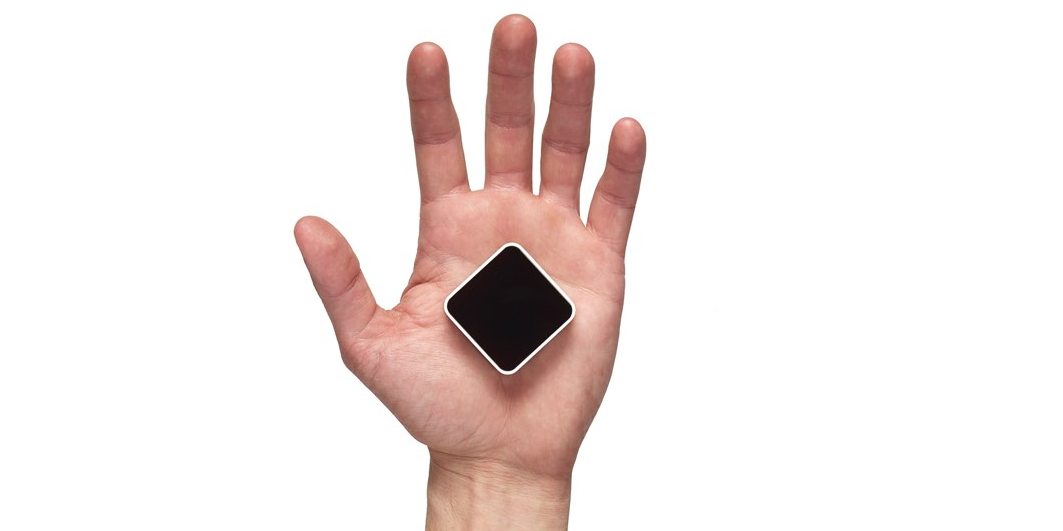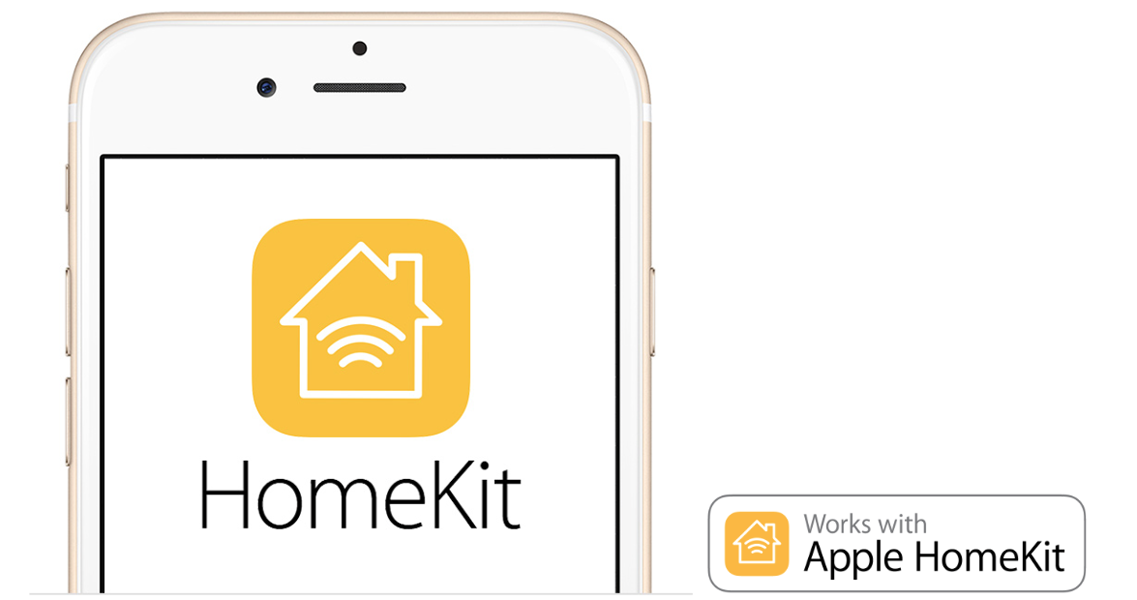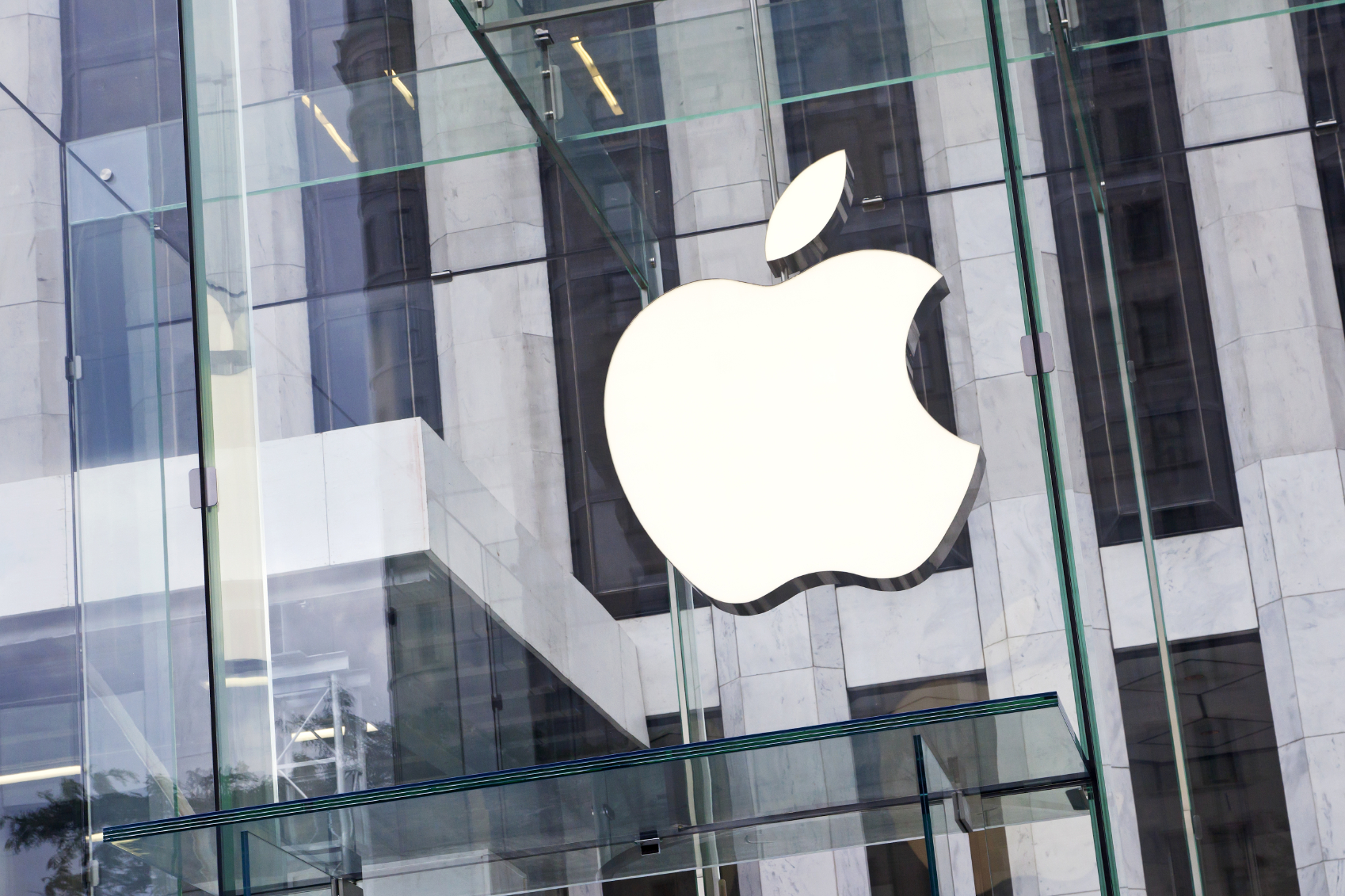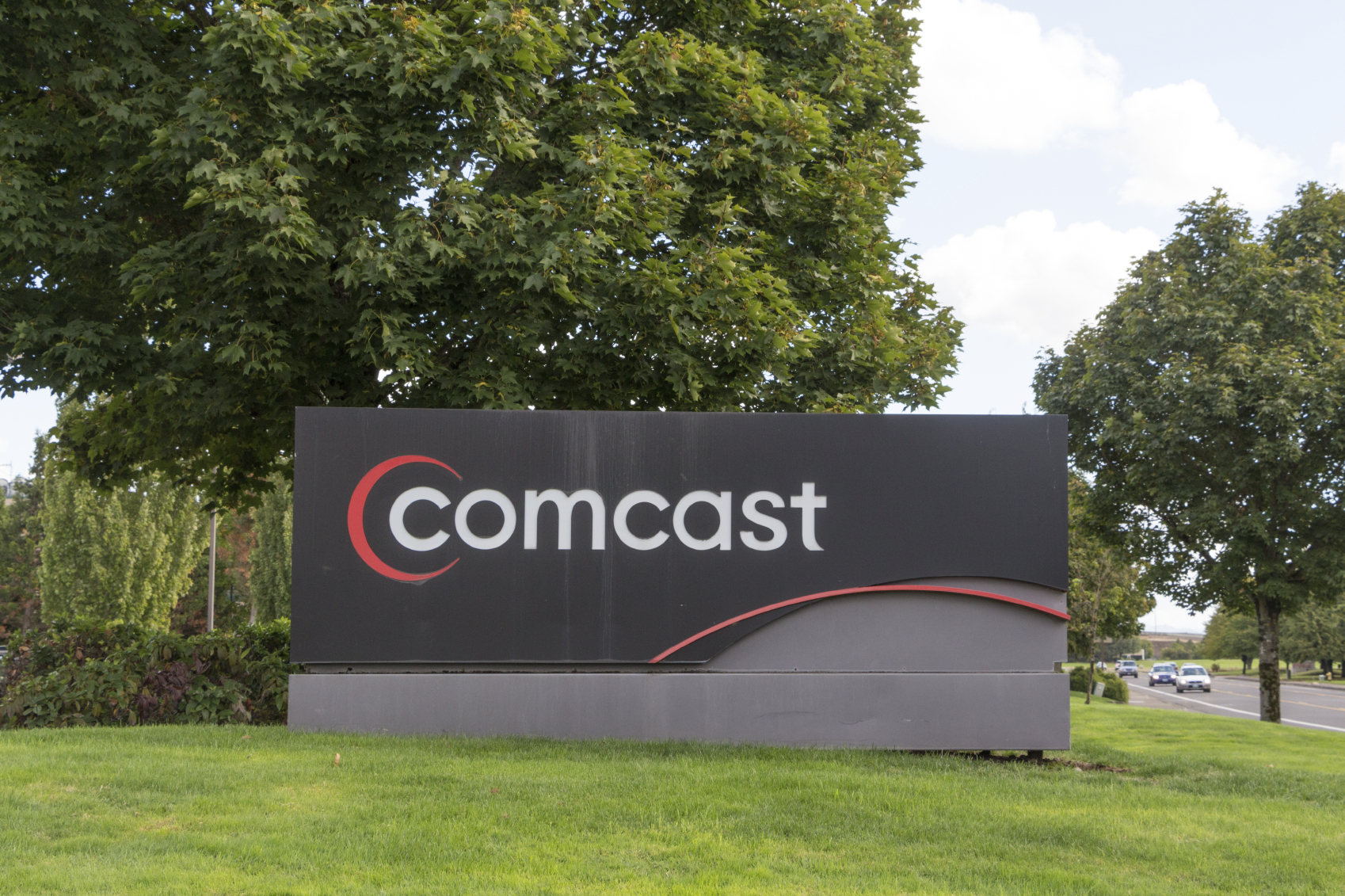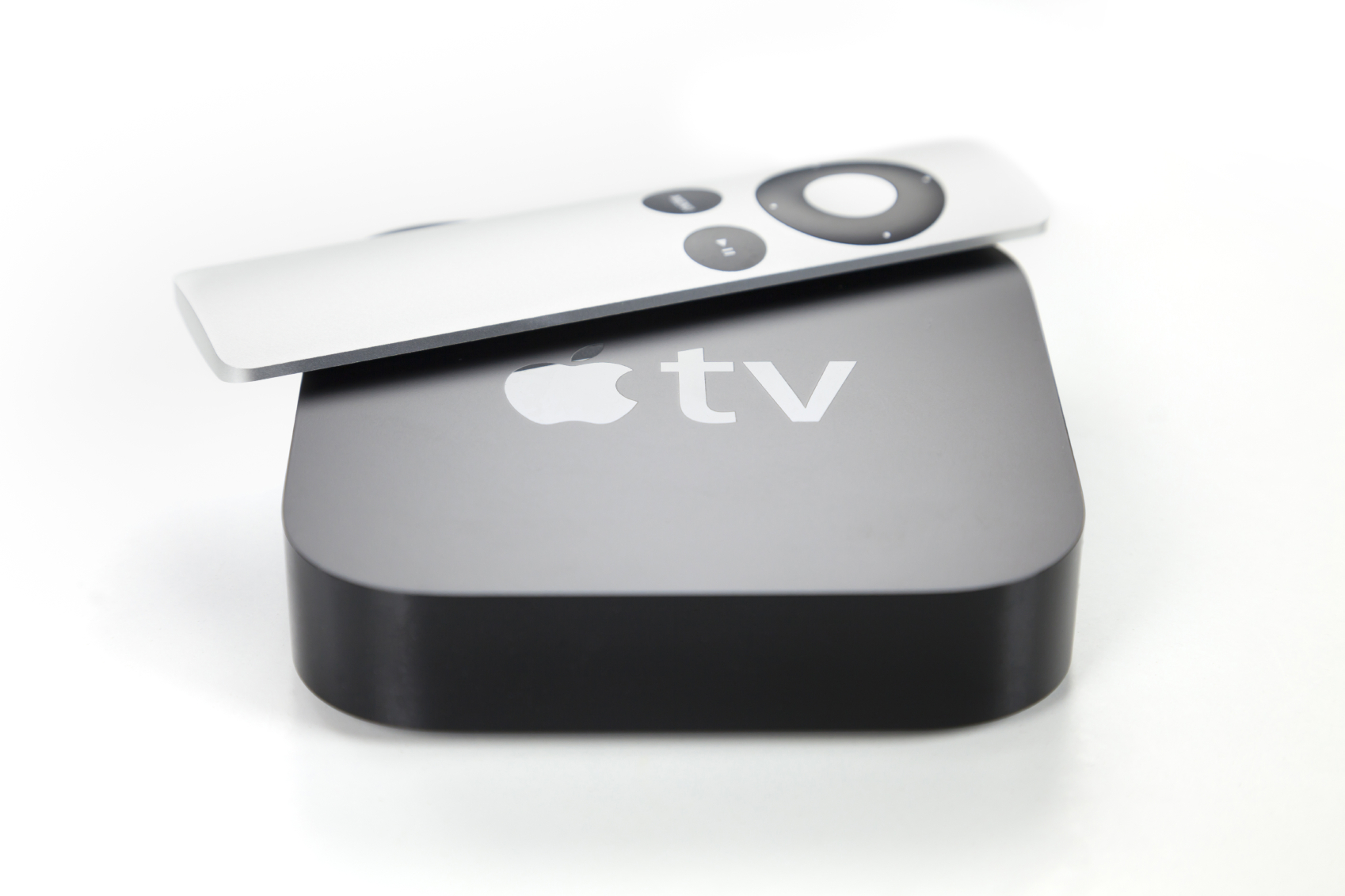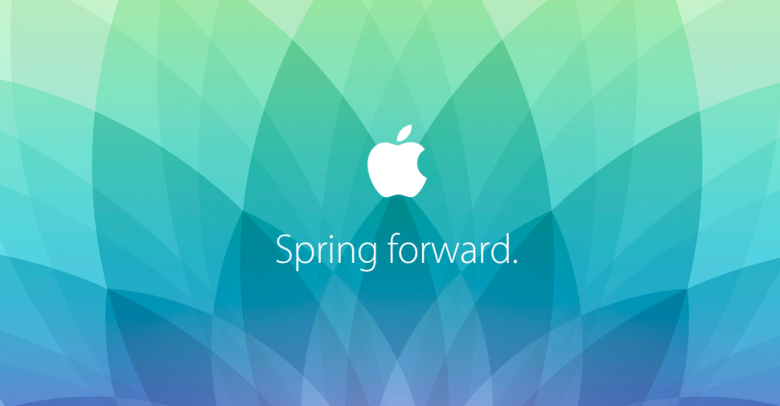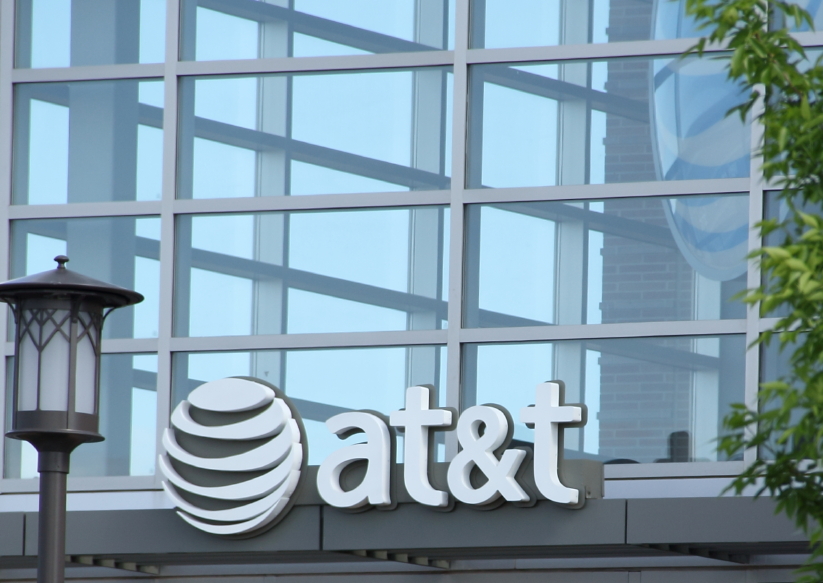There’s no dispute that Apple is a market trendsetter, and today’s “Spring Forward” media event will undoubtedly keep people talking until the new products hit the shelves. Here are the five trends from today’s event that marketers need to know:
Wearables Peak With “Glanceable” Notifications
With the Watch’s official launch set for April 24, the wearables market is poised to hit a historic boom as all wearable makers gear up to capitalize on the forthcoming public attention. And as notifications move from mobile devices to the user’s wrist, it will become more important to provide “glanceable” content that can be easily addressed or ignored. Brands will need to experiment to deliver the right notification at the right moment or risk overwhelming the consumer.
Tech and Fashion Continue To Converge
The Apple Watch has three different collections, each with two finishes and six watch bands made of different materials. Among all these stylistic options, however, the one that stands out is undoubtedly its 18-karat gold edition—priced at $10,000—which marks Apple’s official entry into the luxury goods market. By limiting distribution, Apple is clearly taking a page out of high-fashion brands’ playbook, furthering the convergence of tech and fashion.
Further Integration Across Interfaces
Besides continuity between the Apple Watch and new MacBook, Apple is also making a play for the connected car and smart home. Not only are all major car manufacturers committed to integrating Apple’s CarPlay into new models, Apple also mentioned it is working with leading brands in home automation to expand the reach of its HomeKit platform. During the Watch demo, for example, Apple showcased a remote garage door control powered by alarm.com.
The Quantified Self Connects With Healthcare
Further integrating self-generated health data and healthcare, Apple highlighted a new ResearchKit that could potentially revolutionize the field of medical research. By partnering with several prestigious medical institutions, Apple’s new open-source platform will allow medical researchers to easily create apps that gather medical data. The company is also carefully balancing privacy concerns by making all studies opt-in and hiding results from Apple.
Displays Keep Getting Thinner And Sharper
Apple also stunned the crowd with the thinnest and lightest MacBook to date (13.1mm at the thickest and weighs just 2 pounds), and improving image quality with a 12-inch Retina display. As more and more devices upgrade to retina screens, brands need to make sure they are developing high-resolution content.
Header image taken from Apple.com
